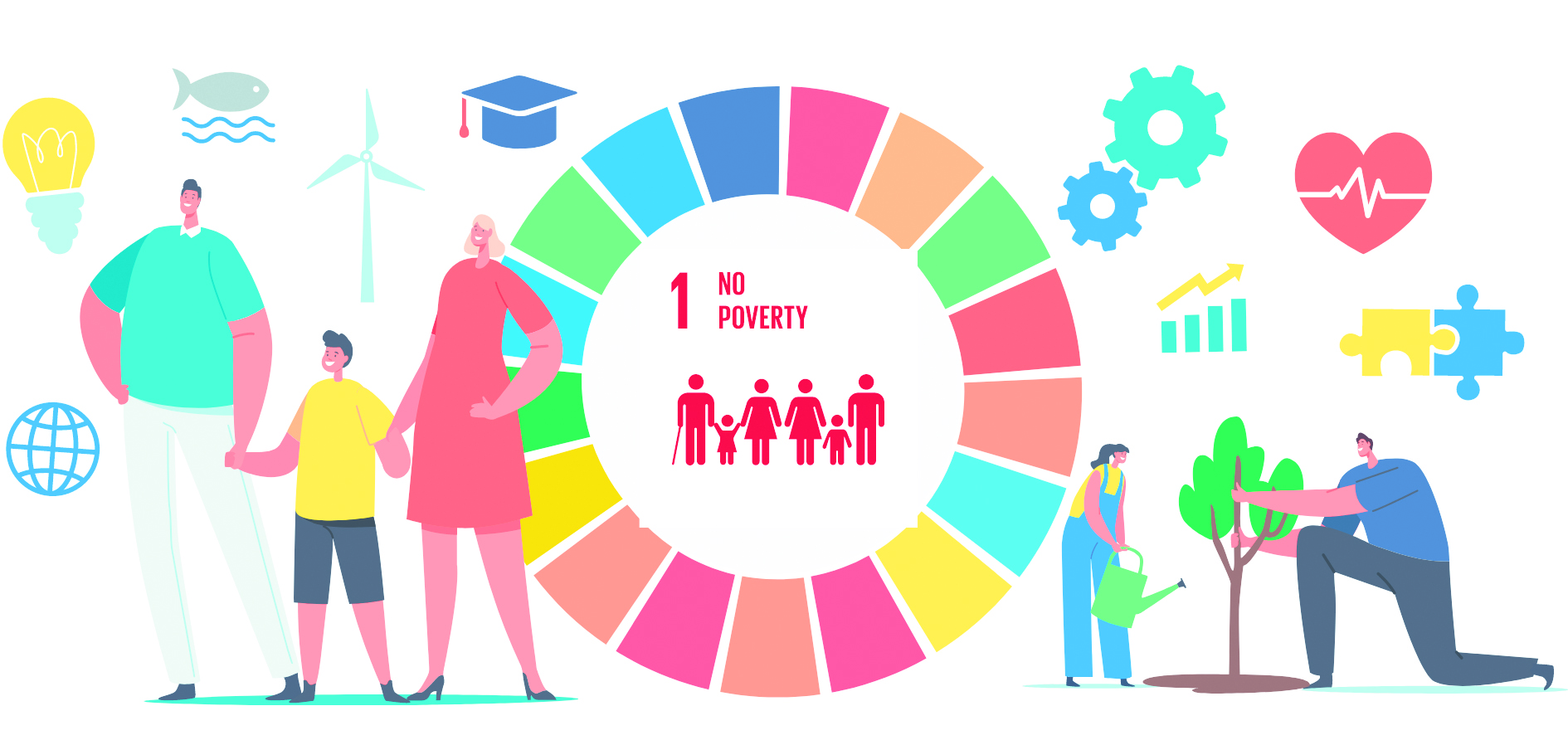As the calendar year approaches its end, it is time to reflect on the path of progress woven across India’s social landscape. 2023, particularly, has been a year of contrasts, marked by both triumphs and tribulations for the social development sector, especially in rural India. Almost 70% of the households rely on agriculture, the fields emerged as India’s economic nucleus.
While the narrative around rural India often paints a picture of stark deprivation, the reality is more nuanced. As per latest reports, poverty reduction in rural areas outpaced urban counterparts, dropping to around 19.2% in the last two years, marking significant progress in rural development. On one hand, government schemes like Jal Jeevan Mission have delivered clean tap water to around 19.24 Crore rural households in 2023; on the other hand, agricultural developments like regenerative farming have immensely helped in improving soil quality. Rural markets, constituting around 35% of the FMCG industry, exhibited a positive consumption this year.
Women at the Forefront: Strides and Stumbles
As per reports, women make up 33% of the agricultural labor force and constitute 48% of self-employed farmers, and there exists a significant need to uplift this societal segment, granting them due respect and fostering a sense of empowerment. Access to financial resources and technological advancements remains a significant challenge for women engaged in agriculture, greatly impacting their farming pursuits. Customized financial services and the promotion of suitable technologies for women, have the potential to revolutionize this landscape, significantly boosting productivity and lessening the workload for women. However, over the last two years, many economic empowerment programs for women have been taken up which have presented entrepreneurial opportunities, facilitating the establishment and sustenance of small businesses. Many digital literacy drives have also been undertaken empowering women to access information and markets, chipping away at traditional barriers; and allowing them to leverage innovations for improved agricultural practices, resource management, and market access to adapt to changing agricultural landscapes. We can work towards bridging the existing gaps and preventing the creation of new divides, fostering inclusivity and empowering rural women to thrive in these evolving sectors.Educational initiatives have been pivotal, with NGOs working tirelessly towards gender integration with the support of government programs. Initiatives like the ‘Innovation and Agri-Entrepreneurship Development’ program have bolstered 173 women-led start-ups and social enterprises, ever since census.
Tech integration in Agriculture
At the heart of India’s journey toward agricultural excellence lies the realm of agricultural technology, known as Agtech. While India has lagged behind developed farming nations in this domain, recent years have witnessed a remarkable surge in the agtech landscape. From a modest count of less than 50 startups and social enterprises, the sector has blossomed to encompass over 1,000 entities in the last few years. This growth has been spurred by heightened awareness amongst farmers, expanding reach of the internet in rural India, and a pressing demand for heightened efficiency within the agriculture sector. Furthermore, India’s regulatory framework is progressively adapting to increase the expansion of digital technologies specifically tailored for agriculture. The momentum of agtech in India is accelerating, encompassing not only established companies leveraging digital technologies like ‘Super apps’ but also the pioneering strides made by startups, known as ‘Agri-Fintechs. This eco-system which is fast developing, has the potential to increase Indian farmers’ income by 25-30% in the years to come. NGOs, CSOs and government need to work in collaboration to integrate digital into agriculture, to reduce input costs, enhance productivity and price realization, introduce cheaper credit and create alternative incomes for the agricultural eco-system.
Looking Ahead: A Call for Collective Action
Overall, 2023 has been a year of rural crossroads, marked by progress and challenges. It has been a year that demands introspection, collaboration, and unwavering commitment to build a vibrant rural India. As we are at the onset of 2024, the rural development narrative demands a collective response. Government, civil society, and communities must join hands to address the unfinished agenda. Increased budgetary allocation for rural development, coupled with evidence-based policymaking, strengthening of rural infrastructure, including healthcare and sanitation is crucial. Also, technology must be harnessed effectively, ensuring digital literacy and bridging the digital divide. Generative AI holds the potential to amplify digital tool adoption amongst rural farmers, which should be the next stop in the social development journey of rural sector in India.

















